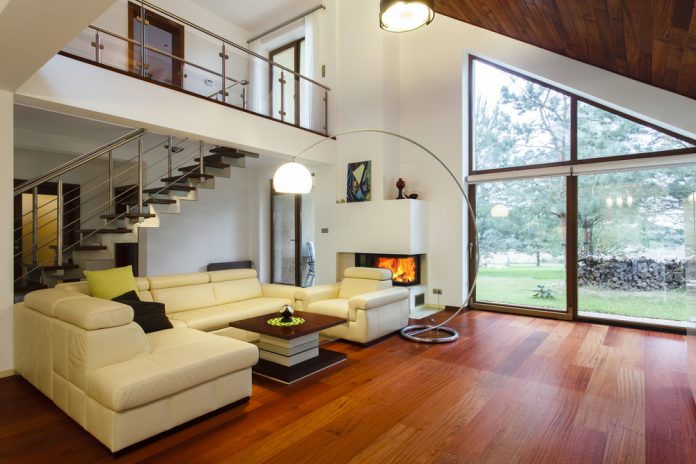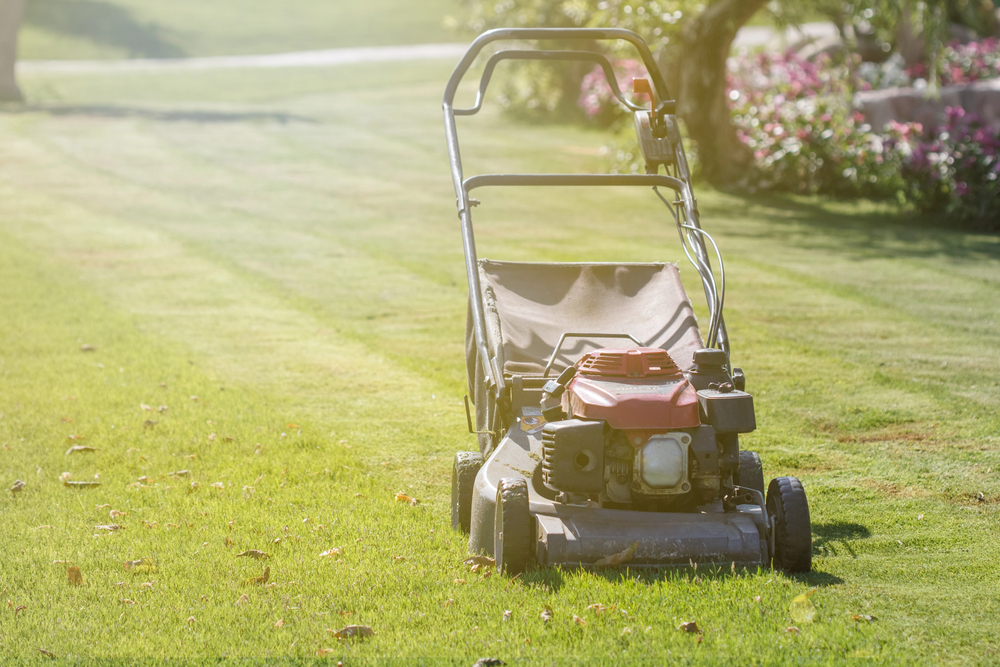As a homeowner, you must use the best types of varnish so that your house will have a sophisticated look. Although there are many types, polyurethane is one of the more commonly used wood finishings. Its popularity is because it’s quite durable and long-lasting. Also, it’s resistant to damages like dents, abrasions, and mildew. When the coating gets appropriately done, the need for repairs and maintenance is minimal. The product comes in a variety of types, including water, oil-based, and other unique designs precisely for surfaces like floors. The water-based type is the one mostly used by professionals, since it is environmentally sustainable. If you are considering varnishing your wood by utilizing this product, discover below some of the impacts it will have.
Many people assume that polyurethane makes wood waterproof, but this is not the case. However, it makes the wood resistant to water. The components in polyurethane can repel water once there’s contact. Since a piece of wood requires a minimum of three coatings for efficiency, this translates into protection from absorption of water for an extended time period. The main reason why there should be several applications of polyurethane on wood is that a single layer is thin and not continuous. Additional coats guarantee that any spaces are covered, offering sufficient protection of your wood’s surfaces. Although applying several coats may come out costly, it’ll protect you from further money being spent in terms of sanding or refinishing again after a short time frame.
Wood is a building material that has the capability of changing depending on the environment. It can either expand or contract, resulting in the creation of spaces, which will let in water. In such a situation, the coating will crack, and further pressure from the movement of items on the surface will cause it to wear off. For the product to be effective, you have to eliminate any risks which may interfere with the functioning of the product. During application, contractors mainly coat the top surface only, because the other parts are likely to be fixed compactly. Such surfaces mainly comprise of binding pieces of wood with glue or other materials. When the floor gets in contact with water, it will start absorbing, and over time, there will be expansion. If the damage is not corrected immediately, it causes the polyurethane to swell. Then, in the long run, it will completely peel off.
There are many types of wood surfaces. Before you start looking for the best polyurethane for floors you can find, ensure that the type you choose has some water-resistance properties. Softwoods suffer a considerable risk when exposed to water as compared to their counterparts; hence, the use of polyurethane is not likely to offer the results you might expect. After choosing a good quality of wood, consider making more coats of polyurethane than recommended to guarantee more protection.
Find a Home-Based Business to Start-Up >>> Hundreds of Business Listings.
















































